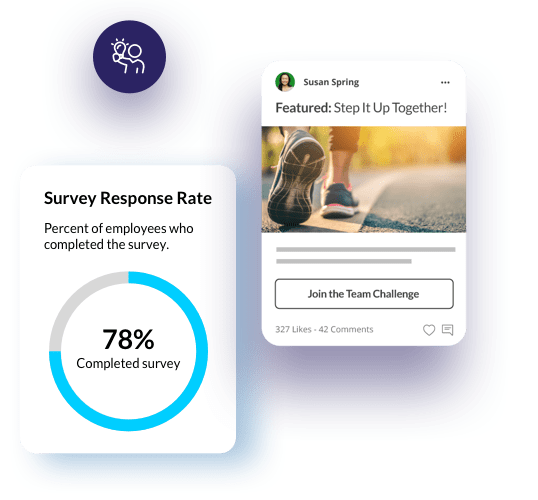Blog Post
How to set boundaries in your 24/7 role

Explore more in Employee Engagement

Blog Post | Employee Well-Being
6 Steps to develop an effective wellness incentives and rewards plan
To create a successful wellness incentive program, it’s crucial to understand that it takes a thoughtful approach of both intrinsic and extrinsic rewards for employees.

Blog Post | Employee Engagement
How You Can Get Up To A 90% Employee Survey Response Rate
If your employees aren't engaging or responding to your engagement surveys, here are 6 tips for increasing your participation rates to up to 90%.

Blog Post | Employee Engagement
10 employee survey questions with the highest response rates
Discover what makes employee engagement surveys a necessity as well as how you can increase participation with the 'right' questions.

Blog Post | Employee Engagement
15 questions you should ask in every 1-on-1 meeting
What makes an exceptional 1-on-1 meeting? The questions and answers that are gathered. Learn to make the most of your 1-on-1 meetings.
Explore more blog posts from this author

Blog Post | Employee Well-Being
6 Steps to develop an effective wellness incentives and rewards plan
To create a successful wellness incentive program, it’s crucial to understand that it takes a thoughtful approach of both intrinsic and extrinsic rewards for employees.

Blog Post | Employee Communications
4 ways HR leaders can use employee communications to support well-being and engagement
Learn how employee communications that reach the right person at the right time with the right message improve well-being and engagement.

Blog Post | Employee Well-Being
How to improve employee well-being
In today’s world of work it's essential to understand how to improve employee well-being. Get our top 5 tips you can put into action today.

Blog Post | Product Updates
LimeTime session recap: The Manager Experience: Empowering Your Essential Leaders
Learn why managers are essential for unlocking your organization's true potential in increasing employee engagement and reducing turnover.




